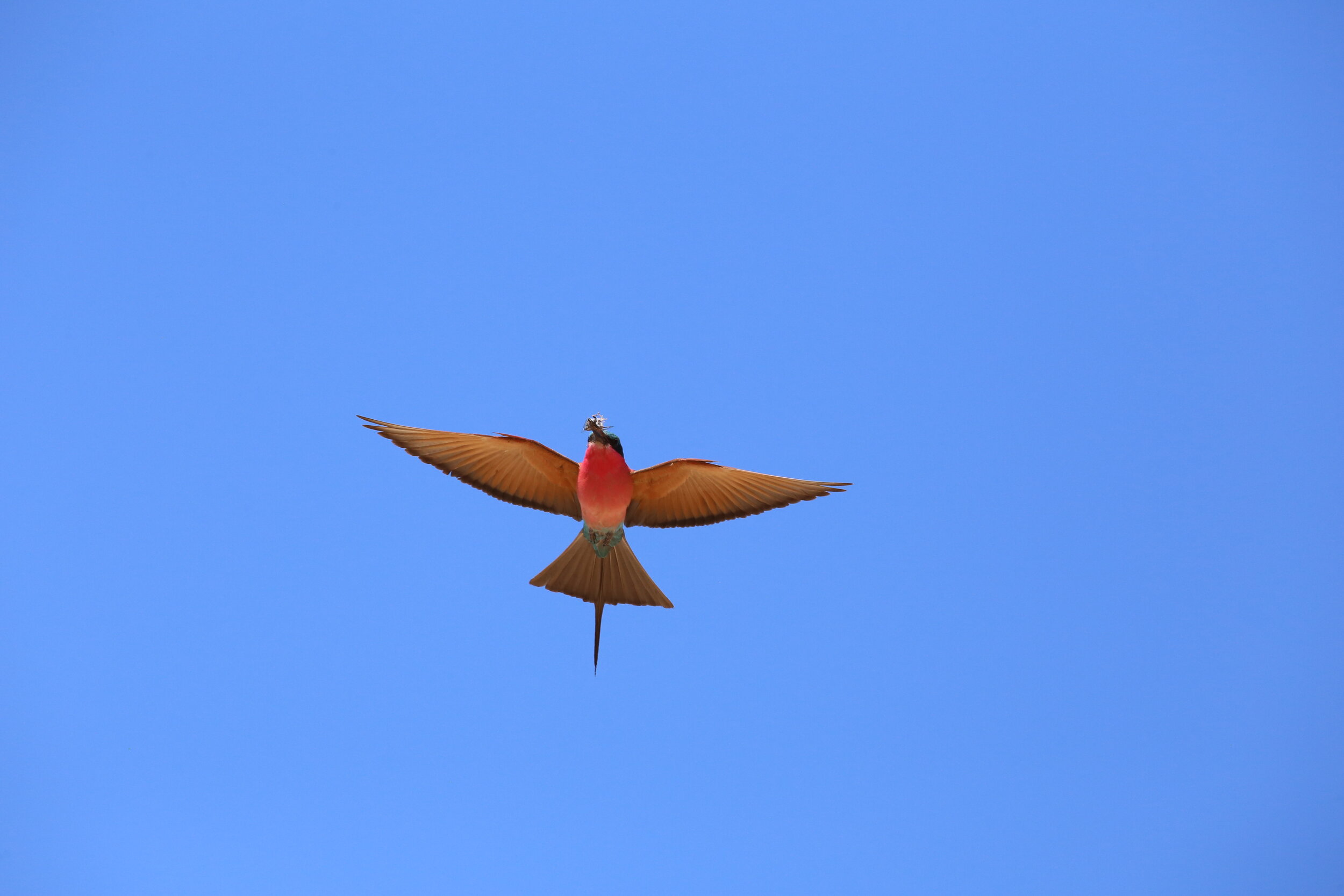South Luangwa and its Dynamic Diversity
For my first visit to Zambia’s South Luangwa National Park, I visited several safari camps and portfolios for a wonderful introduction to this storied safari destination.
The big takeaway for me was that South Luangwa should be on more peoples’ lists, and travelers should consider really exploring the park with a 6-8 night stay visiting a few different areas. For me, I think a wonderful trip would start in Livingstone/Vic Falls, then continue to the Luangwa Valley for big game wildlife viewing followed by canoeing and river safaris on the Lower Zambezi, and maybe a nice city finish in Cape Town.
The good news is that connections into and around Zambia are getting better every year. I flew directly into Lusaka from Dubai, and there are now direct flights from Nairobi to Livingstone to Cape Town, so Zambia can be easily combined with other destinations in East and Southern Africa.
Photos and Report by Jeremy Townsend
South Luangwa’s Seasonal Changes and Wildlife Diversity
Early November was an exciting time to visit Luangwa, right at the end of the dry season when all the guides and animals eagerly await the first rains. I was lucky to visit some of the remote South Luangwa bush camps as most were getting ready to close in preparation for the coming rains, and it was fascinating to see the variety of landscapes and ecosystems at this dynamic time of year.
You can see the evidence of the park’s dramatic seasonal changes everywhere, making each trip to South Luangwa a unique adventure. It seems impossible that the vast sandy river banks, some half a kilometer across and 10 feet high, could fill and overflow during what is known as the Emerald Season in January and February, a sight one must see during a trip to South Luangwa National Park. When the rainwater from the Muchinga Escarpment at the southern end of the Great East African Rift funnels into the Luangwa River and its tributaries, the area becomes a waterworld with boating safaris over what were parched open plains during the dry season of June-October.
With these seasonal fluctuations, the backcountry dries up, and an amazing diversity of South Luangwa wildlife congregates along the river and the oxbow lagoons scattered throughout the park. Throughout 9 nights, I saw lion and leopard on almost every drive. I saw impressive numbers of zebra, Thornicroft Giraffe, Cookson’s Wildebeest, huge herds of buffalo and families of elephant making their way from the forests to the dry riverbeds and across the plains in search of water or mangos.
I saw 4 packs of wild dogs which was unbelievable, and a very rare sighting of wild pigs, a wide variety of antelope including eland, kudu, reedbuck, bushbuck, waterbuck and the first of the tiny baby impala and warthogs that arrived with the first rains. The night drives were especially exciting with genets, civets, hyenas, and lots of different mongoose and porcupines, twice!!!
There’s such an amazing contrast between the cracked dry earth and the busy waterholes. In one area, we watched a lonely hippo and a baby crocodile sharing a shrinking puddle with yellow-billed and saddle-billed storks, a hammerkop, kingfishers, egrets, spoonbills and a fish eagle awaiting its turn on the bank.
Out near the hot springs in the Nsefu sector, I watched a five-minute boxing match between two Egyptian geese that will go down as one of my most interesting and exciting wildlife sightings as they locked their beaks and traded punches while the rest of the flock cheered them on!
And perhaps the best part was that we weren’t crowded or jostled by multiple vehicles; it seemed like we had the park all to ourselves… The guides are excellent, and they take special care to spread out into the park and give guests a great experience.
South Luangwa Safari Camp Features and Safari Lodge
There are so many things that make Zambia’s South Luangwa National Park a special destination, but perhaps its best feature is that it is relatively unknown to the masses. In terms of wildlife viewing and the quality of camps and guiding, the park offers incredible value while avoiding the crowds that we find in more popular destinations, making it a perfect choice for an Africa safari.
I was struck by the intimate size of most of the camps and lodges in the park, which added a special touch to the safari experience. Mfuwe Lodge, famous for the elephants who stroll through its lobby during the mango fruiting season, is perceived as being a big lodge, but, with only 18 chalets, it’s still pretty cozy compared to the safari resorts found in some other destinations.
Once travelers get out to the more remote parts of the park, most camps have only 4-6 units which makes for a truly special and personalized Zambia safari experience. The small camp size has roots in the park being the home of the walking safari, and a lot of the camps still offer morning or even multi-day hikes so you can really immerse yourself in this wild environment. With a wide range of options from top-of-the-line luxury like Chinzombo and the new Puku Ridge Camp to comfy classic lodges like Kapamba and Nsefu to true backcountry adventure camps like Nsolo, there’s something for everyone at every budget, whether it's luxury accommodation or a more rustic camp in Zambia.
We’re so grateful to see Zambia staying true to its wild African character as a leader in conservation and ecotourism with exceptional guides, spectacular wildlife and so many possibilities!!!
Contact us today to see South Luangwa's dynamic diversity with Next Adventure!


































